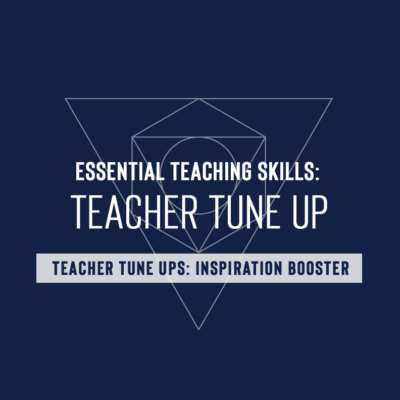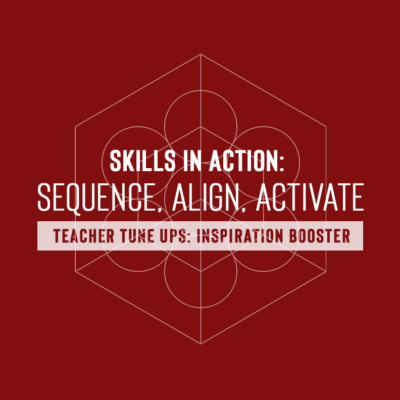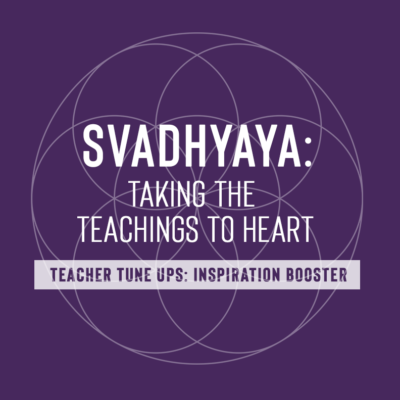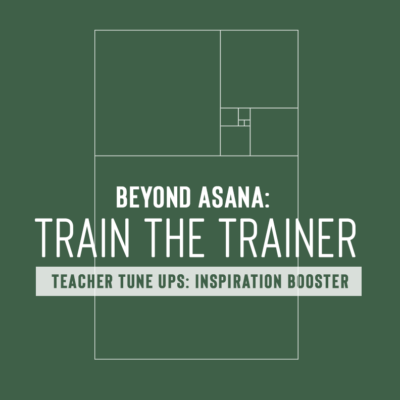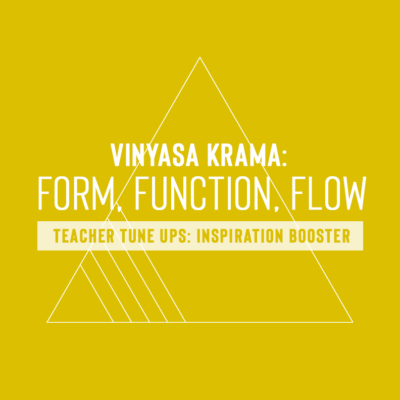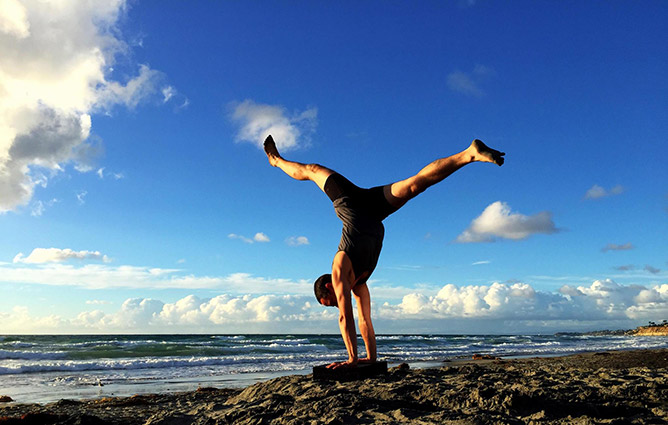Asanatomy: The Wonder of Your Body
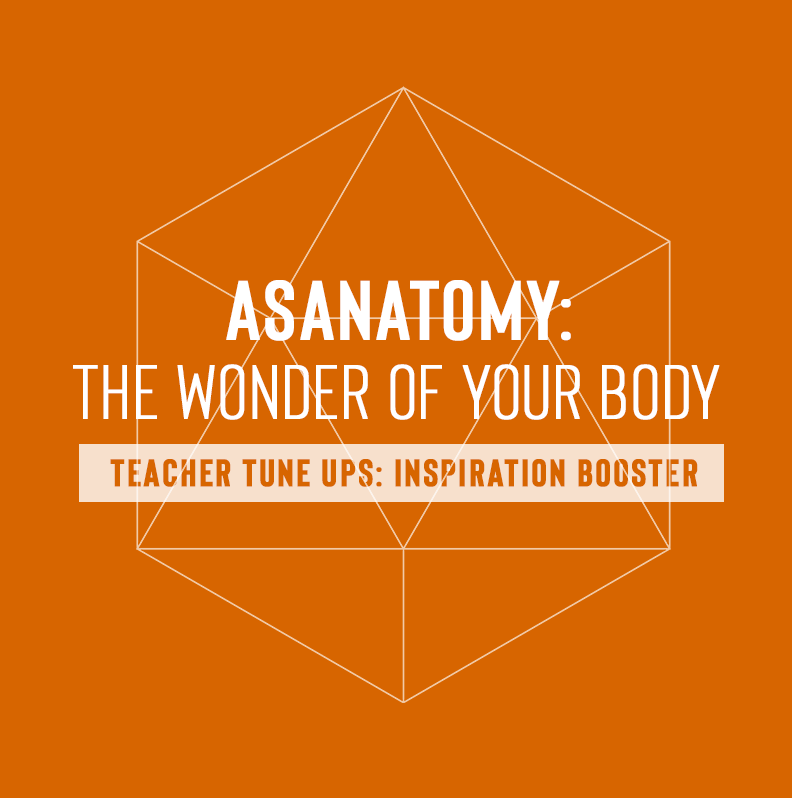
Our next (in-person and/or online) yoga ASANATOMY Intensive & Teacher Tune-Up with Noah Mazé, from May 12-16 & May 29 (All Online Day), will take you on a deep dive educational and experiential journey. If you are interested in learning more about your body and its capacity to move, looking to empower yourself with the skills to evolve your practice and teaching to co-participate in your body’s diverse and intelligent strength and mobility, ready to tap your own creative pathways into increased mobility and movement, join us and grow. When you turn all the lights on; how awake, how alive, how aware can you be? Each day will be a treasure trove of learning about human anatomy, kinesiology and applied biomechanics, and how to apply your knowledge to optimize your yoga and movement practice and teaching. This in-person (and/or) online training is offered in accordance with temporary Yoga Alliance guidelines, and is accredited though Yoga Alliance. All sessions may be attended in-person, or a mix of live and recorded online, and will additionally be recorded for your convenience and revisitation. Access to this content does not expire.
Highlights
Over the course of this training we will study much of human anatomy, kinesiology & applied biomechanics. We will focus on and experience a specific body region on each of the 6 or 7 training days via (1) Deep Dive Experiential Lectures: live and video lectures with worksheets and supporting materials (2) Anatomy Lab: experiential learning, movement & yoga pose applications, skills n’ drills activations and asana classes (3) Teachers Clinic: sequencing strategies, teaching skills development practicum and assignments. Training substance is focused on anatomy and applied anatomy in yoga. We will engage pose analysis and organizing principles relevant to anatomy.
Topics and methods include:
- Muscular-skeletal anatomy, kinesiology & applied biomechanics
- Science based principles
- Application and understanding of alignment in common yoga poses
- Methods to de-mystify your understanding of anatomy and its application
- Greater clarity in WHAT to do in yoga poses, HOW to do it, and WHY it is important
- Innovative drills to develop further motor skills in yoga poses and movement practice and teaching
- Skills & drills that activate specific muscle groups to create greater stability and expand range(s) of motion
- Understanding of yoga pose & movement regression and progression strategies
- Adapting practice and pose work with limitations (your own and your students)
- Sequencing templates to integrate your newfound anatomy knowledge into your hatha and vinyasa practice/classes
- Sequencing and teaching techniques to help students embody elusive postures with success
- Greater insight and increased potency of verbal instructions and other teaching tools
For online participants, full participation in real time is highly recommended to maximize your learning in a group environment. However, life is busy and full participation is not always possible. ALL live sessions are archived and available within 24 hours after each ends (and in most cases sooner). Usually students may engage with missed sessions later on the same day of offering. Additionally, students may repeat sessions at a later time, as there is always more to learn and repetition is sometimes useful and always a great resource.
Come ready to wake up your whole being!
Dates & Times
- Ongoing
Tuition
Curriculum
Daily Anatomical Body Region Schedule & Main Topics (subject to change)
Day 1: Spine and Core
In this body region, you will learn:
- What neutral pelvis and neutral spine is
- Understand the movements of the spine and how to safely mobilize and stabilze each section
- Understand the alignment of the spine in yoga poses
- How to stabilize the cervical spine, both in general, and in backbends like Ustrasana (Camel Pose)
- How to activate and how to teach Mula-Bandha (Root Lock) and Uddiyana-Bandha (Navel Lock)
- Deep core vs core
- How to safely perform and teach forward folds
- How to stabilize the lower back in backbends
Day 2: Pelvis
In this body region, you will learn:
- Understand the bones and movements of the pelvis
- How to stabilize and align the pelvis in yoga poses
- Understand sacro-iliac joint dysfunction and how to prevent it
- Understand the relationship between the pelvis and the spine and lower extremity
- Understand some of the differences between male and female pelvis and how this may inform yoga pose alignment and strategies
Day 3: Hip
In this body region, you will learn:
- Understand the structures and movements of the hip
- Understand variations in the bony structures and how this may inform alignment in yoga poses and movement
- Understand the muscle groups of the hip, how to lengthen them, and how to strengthen them
- Differentiate between individual muscles: psoas major VS iliacus
- Understand hip alignment in yoga poses and gain more strategies for practice and teaching
- How to create appropriate stability in assymetrical poses like Janu Sirsasana, Virabhadrasana I, Hanumanasana
Day 4: Lower Extremity (hip to foot)
In this body region, you will learn:
- The connectivity of the lower extremity; how the hip effects the knee, ankle and foot
- The importance of gluteus-maximus to the alignment of the lower extremity
- Understand the structures and movements of the knee
- Understand of to strengthen and stabilize the knee
- Gain more clarity and strategies to align you lower body in yoga poses
- Gain more strategies to teach from foot to hip, and from hip to foot.
Day 5: Foot and the Ankle
In this body region, you will learn:
- Understand the bones and other structures of the ankle and foot
- Understand the joints and movements of the ankle and foot
- Understand alignment of the ankle and foot in yoga poses and gain more strategies for your practice and teaching
- Understand the three arches of the feet and how to activate the muscles that support these arches
- Fun and groan-worthy foot and toe drills
Day 6: Shoulder
In this body region, you will learn:
- The bones, joints and muscles of the shoulder girdle
- Movements of the shoulder girdle and the muscles perform these movements
- Stabilizing muscles (rotator cuff) of the gleno-humeral joint and how to strengthen and stabilize these structures
- Scapula stabilizing muscles
- How to apply this knowledge to yoga poses and movement
Day 7: Arm
In this body region, you will learn:
- The kinetic chain of the upper extremity
- Further shoulder anatomy
- Elbow anatomy, movement and yoga applications
- Forearm anatomy, movement and yoga applications
- Wrist and hand anatomy and kinesiology
- Movements of wrist and hand
- How to strengthen these structures
- Yoga pose applications
- How to work with limitations and difficulties in arm balances
Further topics and methods will include:
- Science based principles of muscular-skeletal anatomy, kinesiology & applied biomechanics
- Experiential learning methods; kinesthetic, visual, verbal, whole group and small group, teaching and more
- Deep inquiry and explorations into yoga poses and motor skills development, what constitutes as “alignment” and “mis-alignment” in poses
- Creative use of props and sequencing strategies for your own practice and your teaching
- Methods to de-mystify your understanding of anatomy and its application
- Greater clarity in WHAT to do in yoga poses, HOW to do it, and WHY it is important
- Applications to develop further motor skills in your yoga practice and teaching
- Skills & drills that activate specific muscle groups to create greater stability and expand range(s) of motion
- How to shorten and strengthen muscles AND how to lengthen/stretch muscles
- Passive range of motion Vs active range of motion
- Types of muscular contractions; concentric, eccentric, isometric
- Understanding of yoga pose & movement regression and progression strategies
- Adapting practice and pose work with limitations (your own and your students)
- Sequencing templates to integrate your newfound anatomy knowledge into your hatha and vinyasa practice/classes
- Sequencing and teaching techniques to help students embody elusive postures with success
- Greater insight and increased potency of pose knowledge and your ability to give clear verbal instructions, effective demonstrations and other teaching tools
Despite when you participate, students may earn credit; as we are able to verify and track your participation. While we prefer real time student participation, anyone not participating live can still have an exceptionally RICH and REWARDING experience.
All training hours will count towards 40 hours of contact continuing education and 20 hours of non-contact continuing education hours with Yoga Alliance, and meets the annual CE requirement(s) for yoga teachers. This course also counts toward our 300 hour certificate (which requires 270 contact hours).
Students will need a computer (laptop is ideal), a space for yoga and learning, and yoga props (ideally — mat, 3+ blankets, 2 blocks, 2 straps a surface you can easily slide on, and at least 1 TheraBand/resistance band or some other resistance substitute).
Suggested Experience
- Dedicated yoga practitioners familiar with anatomical principles or accredited yoga teachers only
- No prior teaching experience required
- Stiffness and injuries OK
- Willingness to participate in a group process
- Ability to give and receive feedback skillfully
- Dedication, motivation and self directed studentship
Testimonials
“I would definitely recommend this program, and I already have. It was top notch in quality and quantity of material, as well as in support and openness and communication. Noah’s unique experience has produced an unparalleled leader, facilitator, and guide. Lessons learned in our training modules have extended far beyond the scope of yoga into life and relating to others in a more effective manner. I received SO MUCH, this training goes above and beyond for any student wanting to deepen their skills, gain confidence, and reach a new level of mastery in yoga.”
“Noah is inspiring and exhibits an unparalleled mastery of teaching. For some time now, I have been contemplating the notion, “be impeccable with your word.” I tried to think of people who embody this and would often come up empty until I met Noah. Noah is careful with his words, exhibits accuracy, accountability, and thoughtful articulation. These are important qualities in an effective leader. When Noah speaks, people listen – and they take it to heart. Along with that, he also embodies creativity, playfulness, humor, sensitivity, and ardor. All of these qualities make for a very well-rounded, inspiring leader and I feel honored to have received guidance and to have learned such a great deal, not just about yoga, but about life.”
Contact & Questions
- We are big believers in getting to know our students personally. We prefer in person communication and respond quickly and comprehensively by phone, and Tracy Mazé may be reached at (310) 871-8808 anytime via call or text.
- Alternatively, please email themazemethod@icloud.com and include the best phone number to reach you.
- If you prefer communication solely via email, please email themazemethod@icloud.com and allow us up to a week for us to respond to your inquiry.
